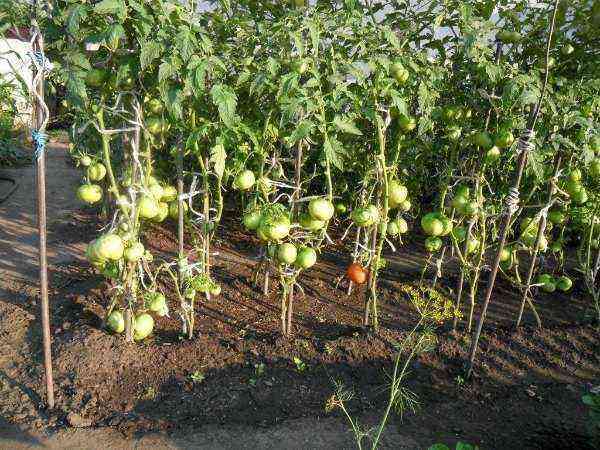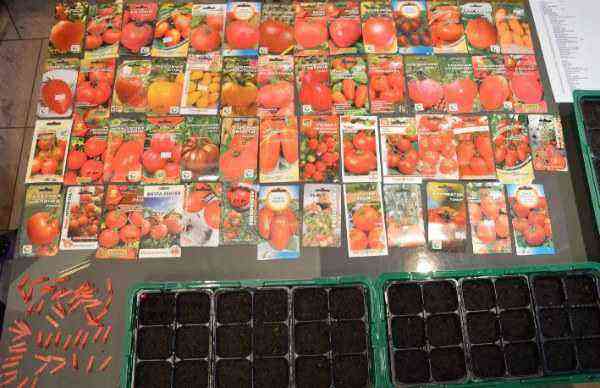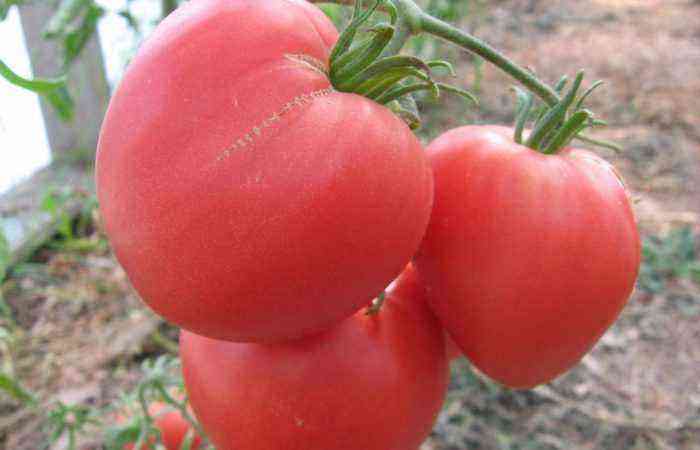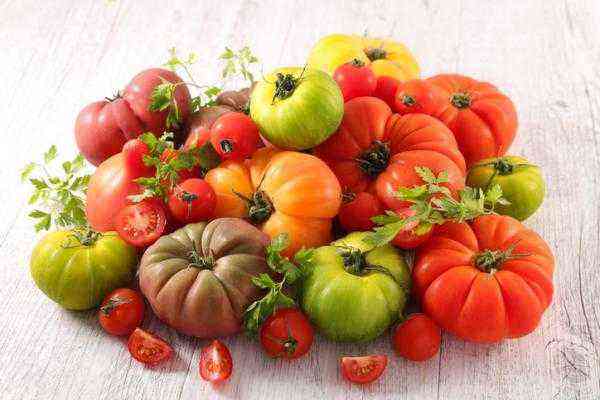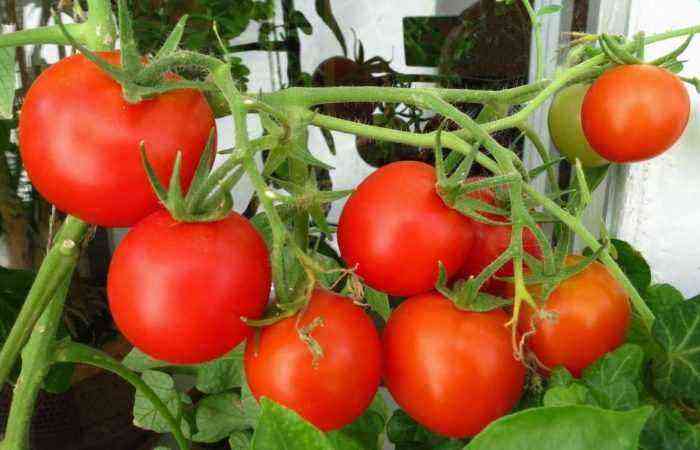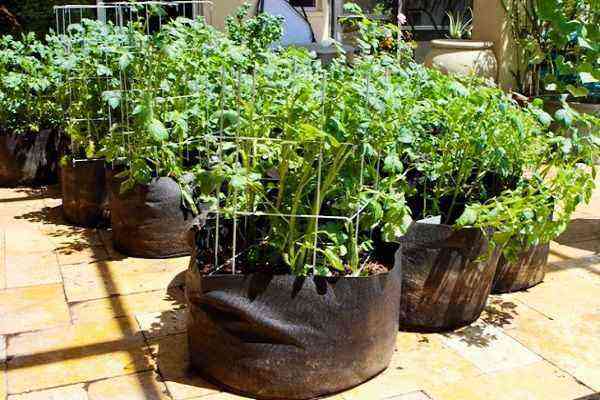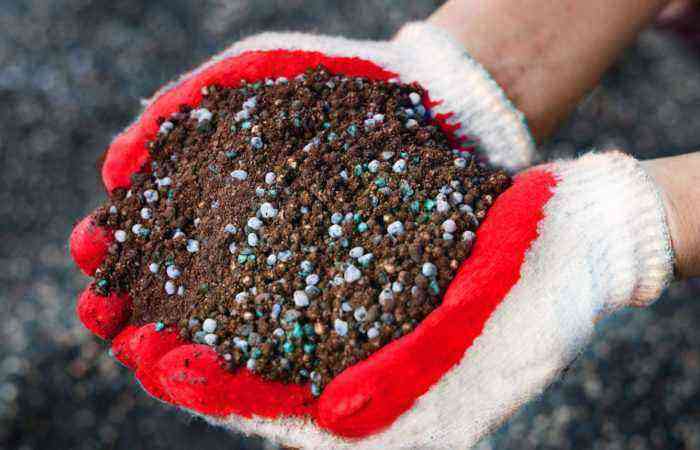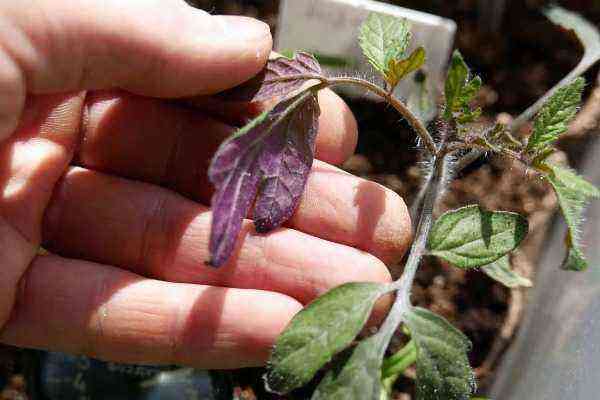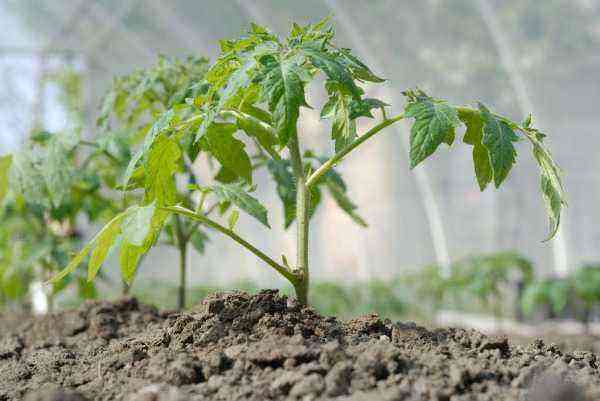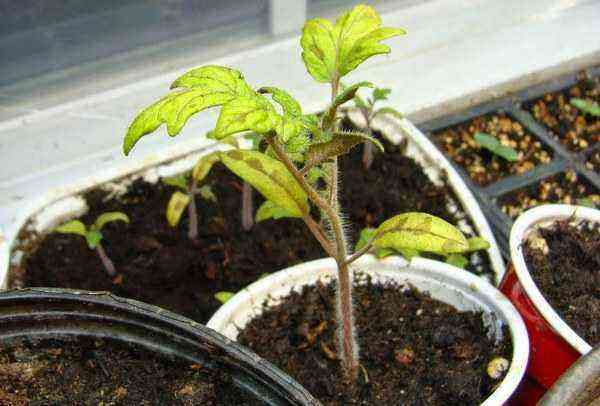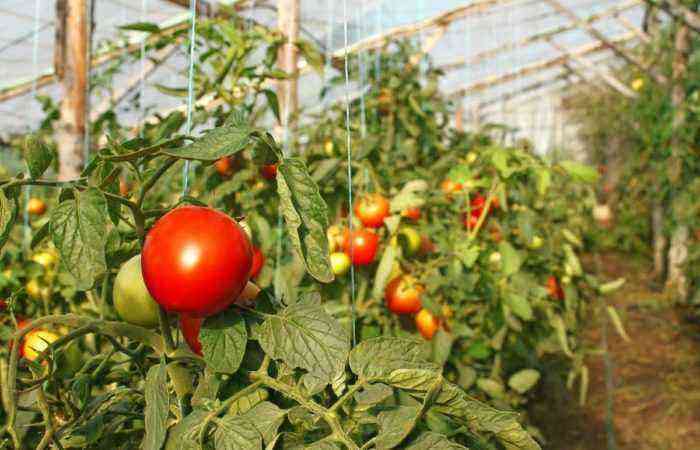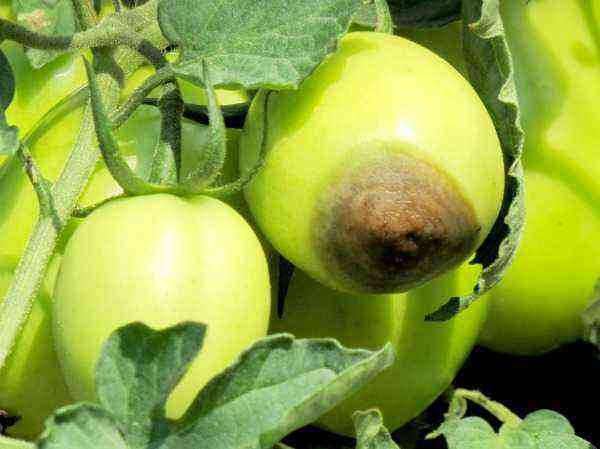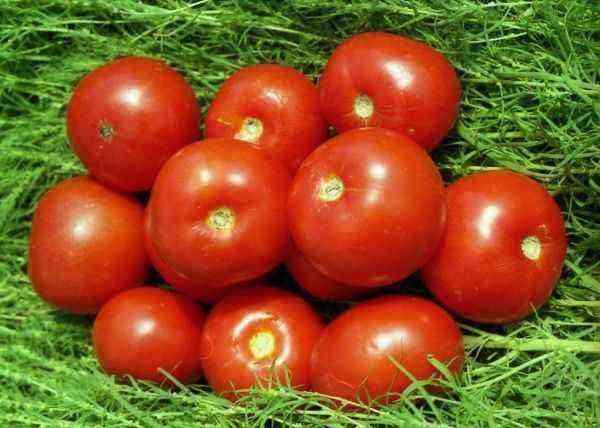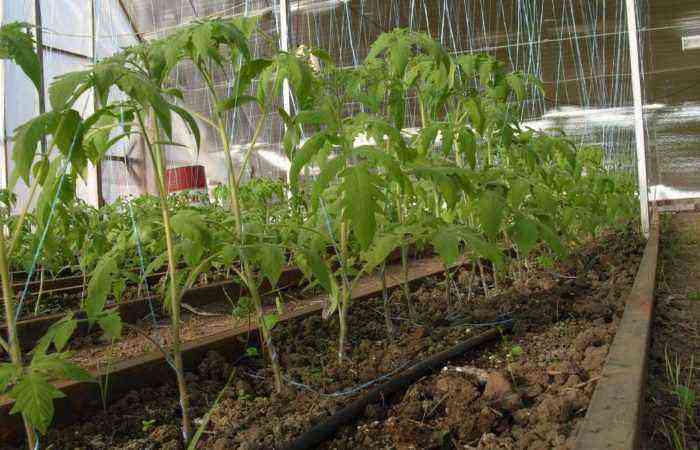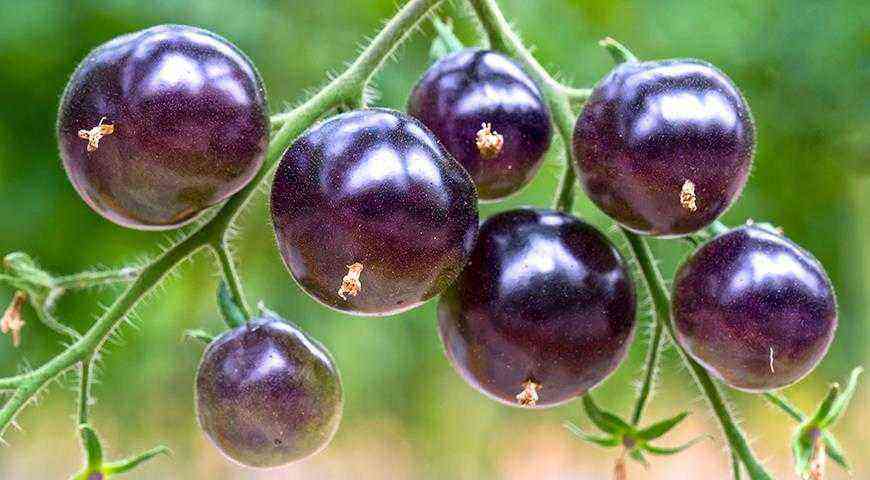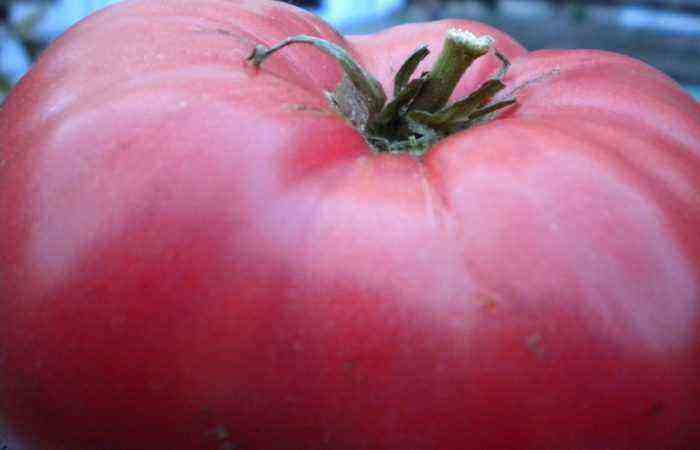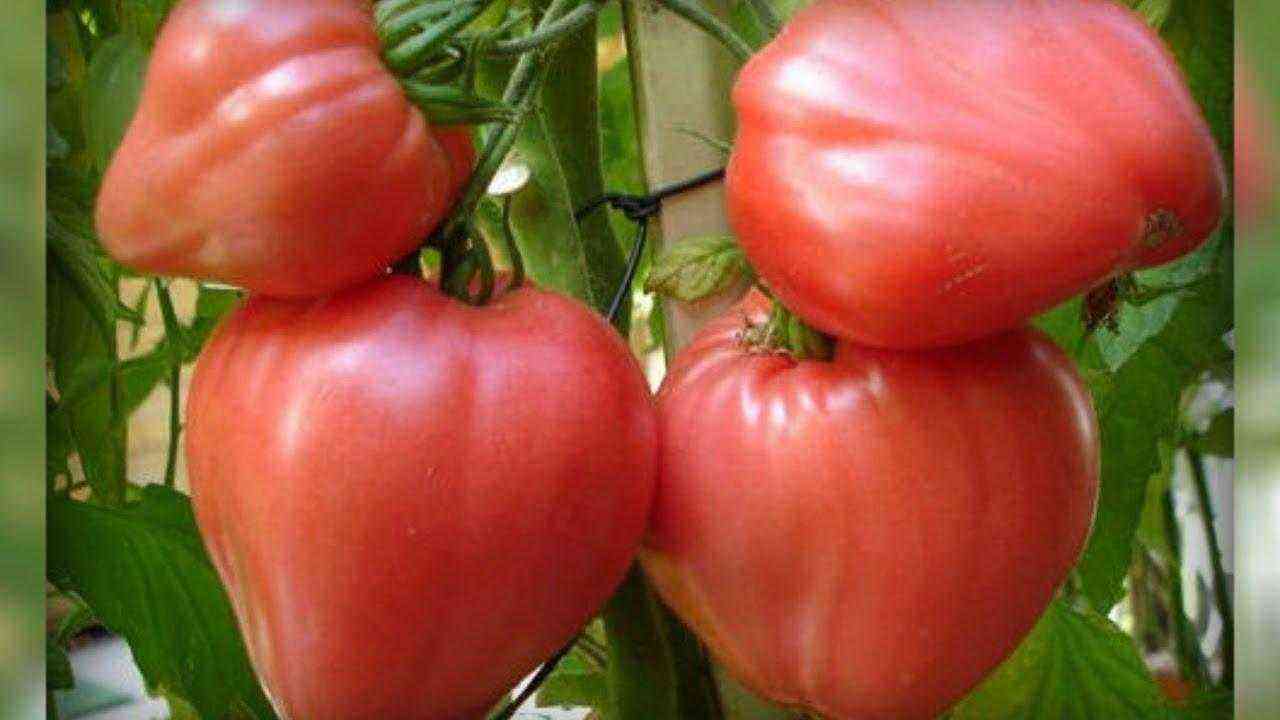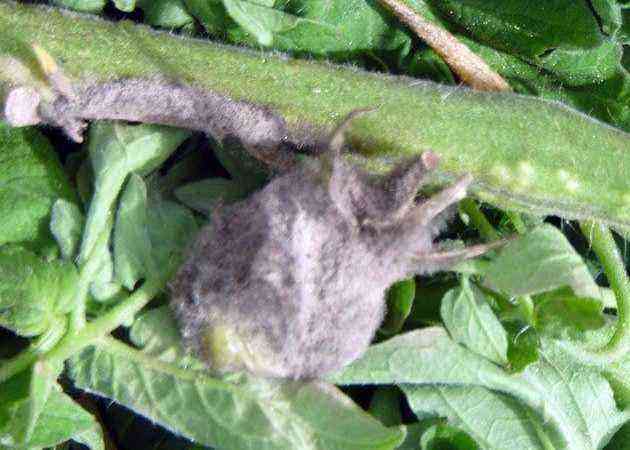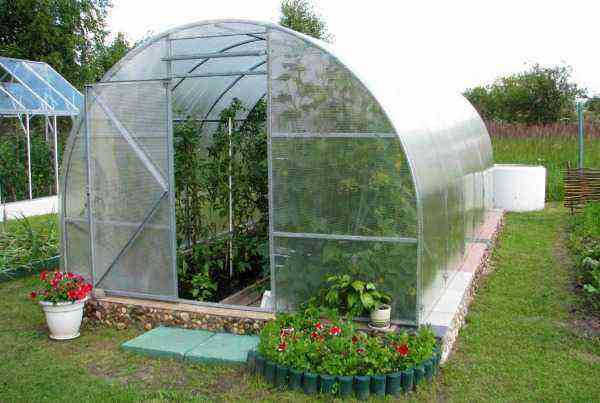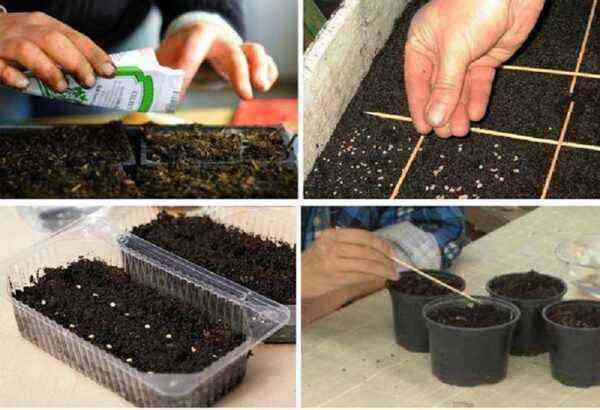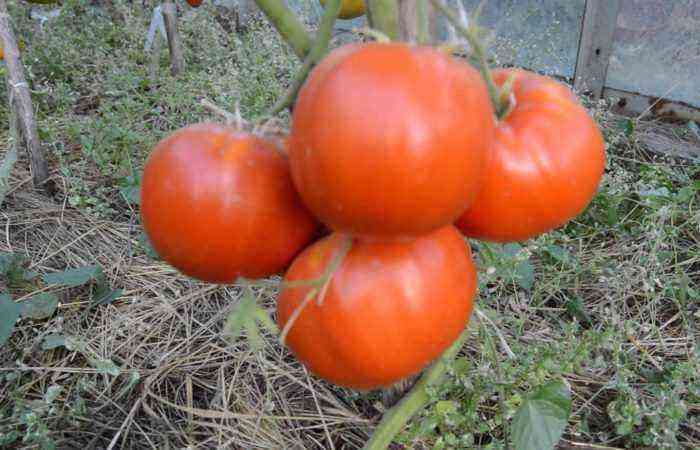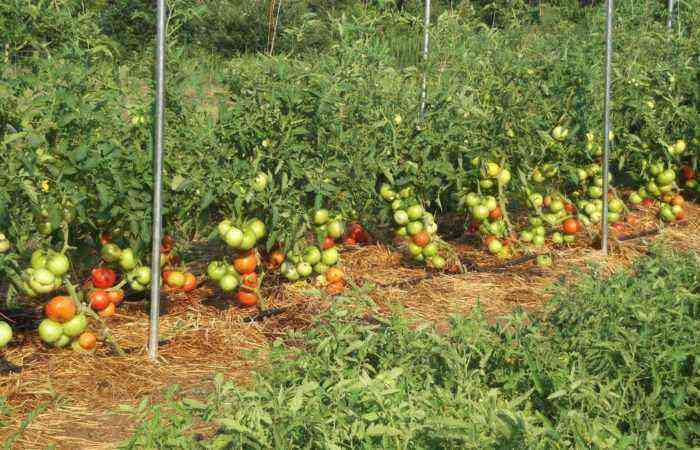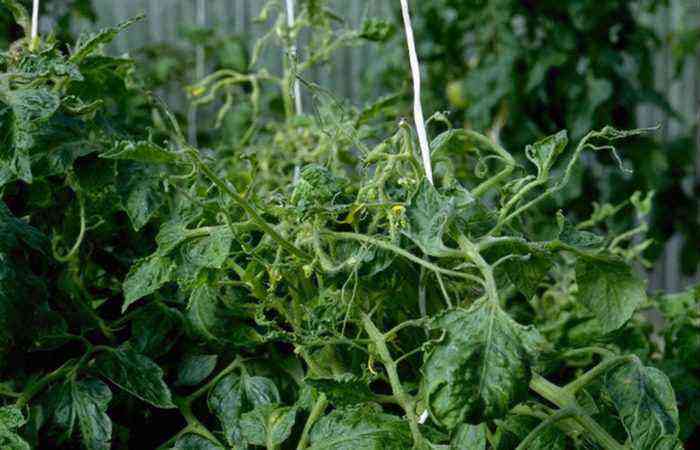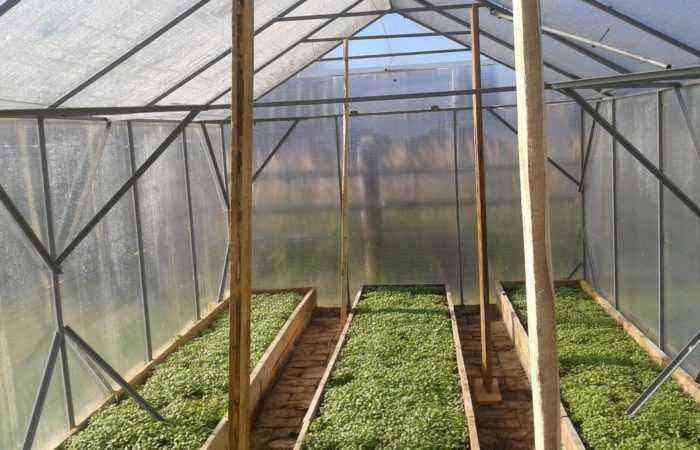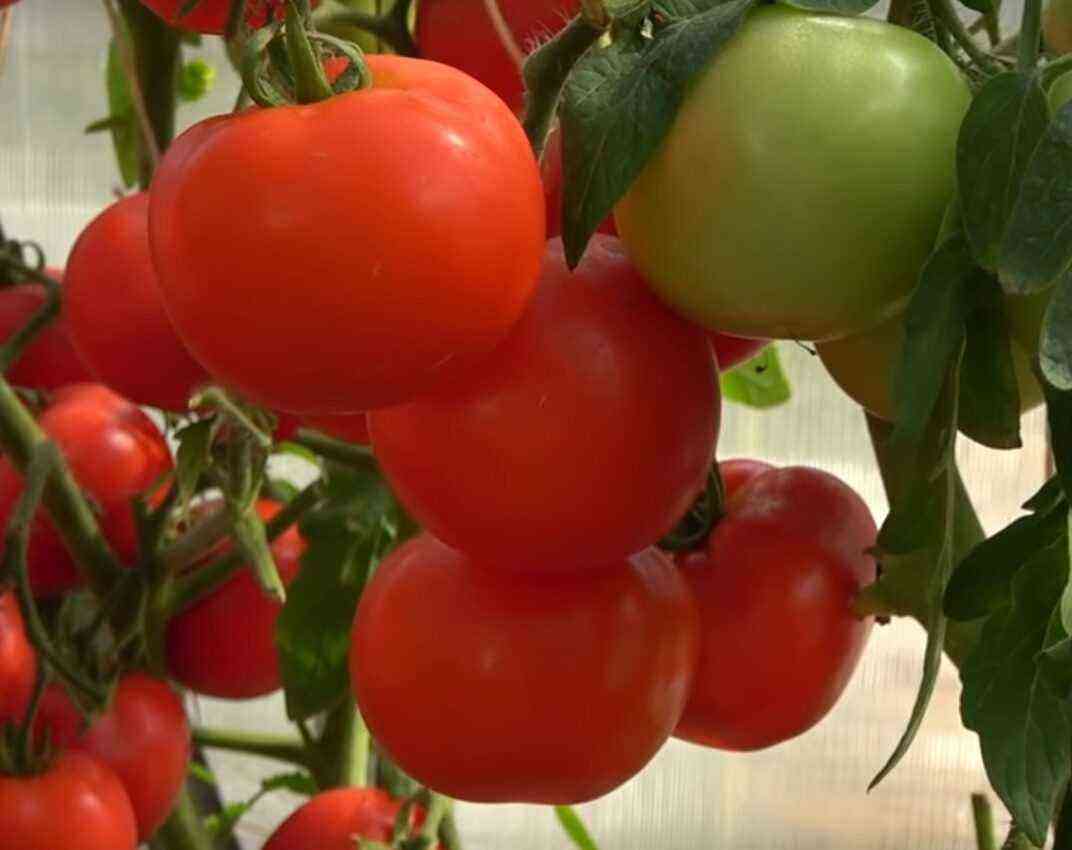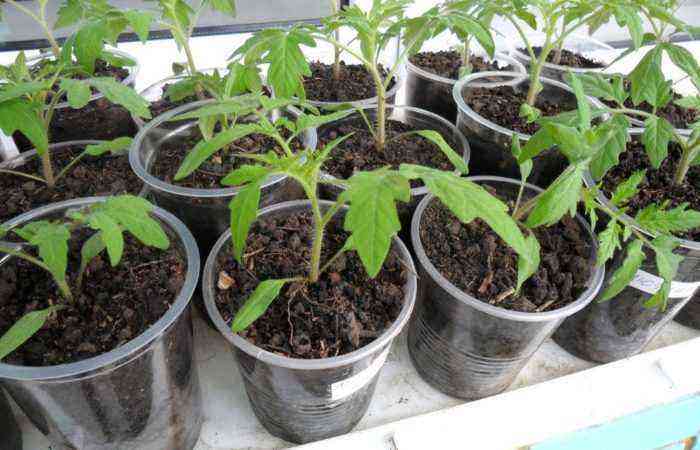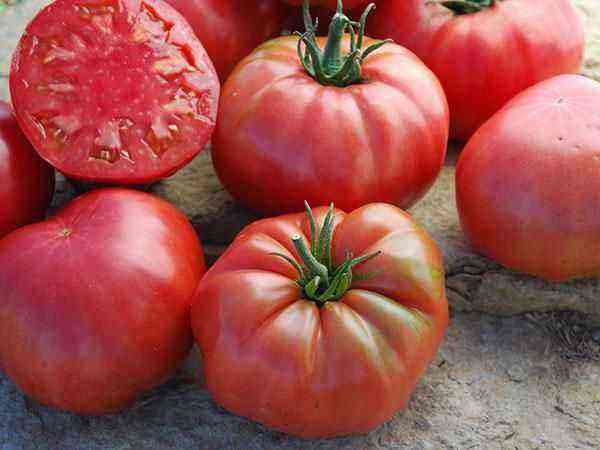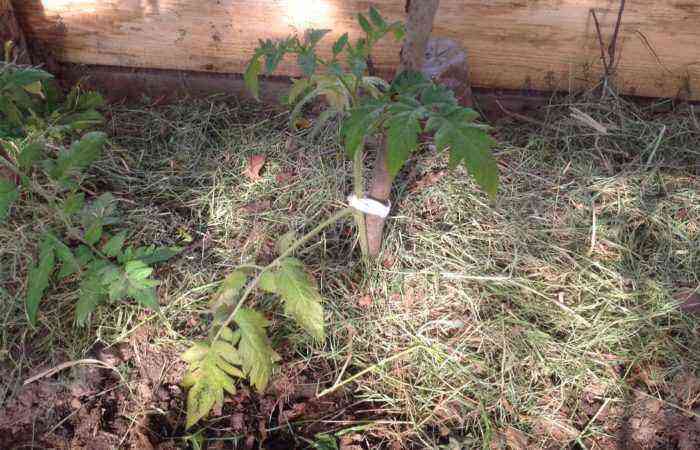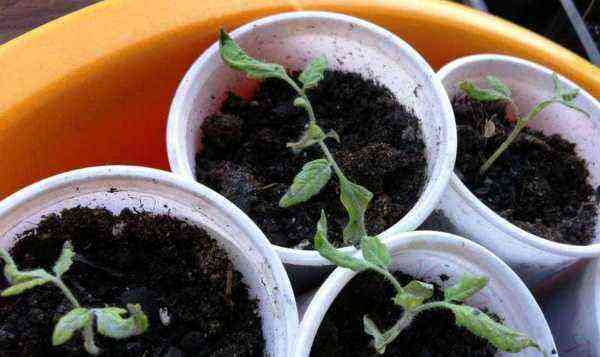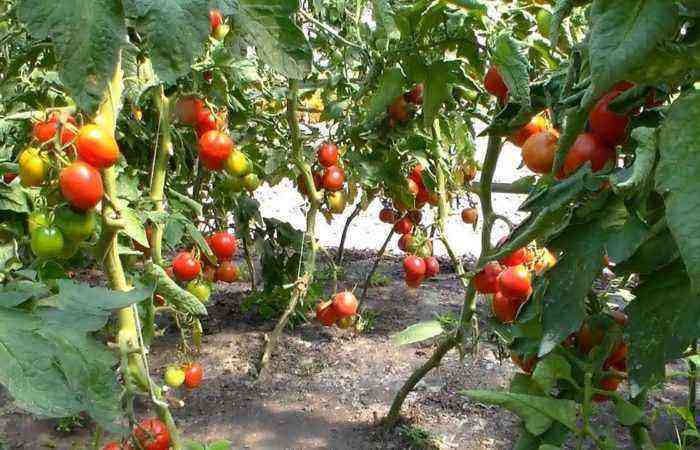There are old varieties of tomatoes that have not lost their positive qualities over decades of use and successfully compete with new varieties and hybrids. One of them is White filling 241.
These tomatoes are planted by farmers in the fields, but they can often be found on the plots of amateur vegetable growers. The variety has many advantages and simple agricultural technology, many summer residents are happy to grow it on their hundred square meters.
Description of the variety of tomatoes White filling and its characteristics
White filling 241 is a tomato variety bred back in 1966 by Kazakh breeders. Two other varieties served as parental forms for him – Victor x Mayak and Pushkinsky. It received the name “White filling” due to the fact that the fruits, in the phase of milky ripeness, acquire a beautiful white color and become similar to apples of the same variety.
Initially, the Bely pouring tomato was intended for commercial production and was cultivated in agricultural fields, but over time it moved to home gardens and summer cottages.
This is a determinant undersized variety – tomato bushes grow on average up to 0,5 m in the beds and up to 0,7 in greenhouses. They are compact, weakly branching, forming no more than 2 main branches. The leaves of plants of medium size, classic “tomato” shape, light green, smooth, without pronounced pubescence. Flower brushes of a simple type, the first tomatoes are thrown out after the 6th leaf, the next – after the formation of the next 1-2 leaves. One bush can have 5-6 brushes.
White filling tomato belongs to early (early ripe) varieties, its fruits ripen on average:
- in the greenhouse – on the 80-85th day after germination;
- in open ground conditions – on the 100th day.
Ripe tomatoes are round, with a slight ribbing in the stalk area, medium in size, reach a mass of 100-120 g, bright red, with a dense skin and juicy pulp. Their taste is sweet with a slight sourness. The stalks are held firmly, so you have to pick the tomatoes with some effort.
The yield of the White filling variety is above the average – 3-4 kg per bush. Harvested fruits are well stored in cool dry cellars and transported over long distances without significant damage.
Varieties of tomatoes similar to White pouring
Among the many varieties of tomatoes, there are several that, in terms of their main characteristics and description, are similar to White Bulk. This:
- Mystery;
- Liana;
- Explosion;
- Agatha;
- Kievsky;
- Gift of the Kuban;
- Siberian early.
All of them belong to early determinate varieties, form low-growing bushes and produce fruits weighing about 100 g.
Advantages and disadvantages
The advantages of the variety include:
- good tolerance of spring frosts, temperature changes and summer heat;
- resistance to fruit cracking even in rainy summers;
- friendly ripening of tomatoes (1/3 in just 2 weeks);
- uniform medium-sized fruits;
- versatility of the use of tomatoes;
- good resistance to macrosporiosis;
- plants do not need to be tied to a support.
This variety also has disadvantages: a relatively low yield and susceptibility to late blight, but this disease usually does not have time to cover the bushes due to the short vegetation period of the plants.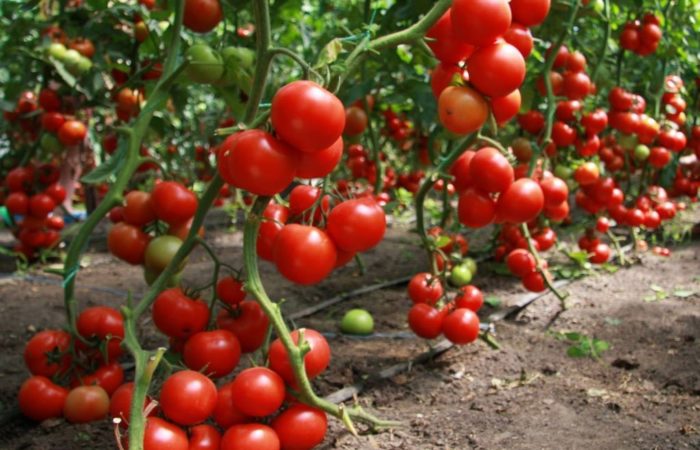
Agrotechnics of cultivation
White filling tomato is mainly grown in seedlings, and seeds are not sown directly into the ground. They are sown 2 months before the proposed planting of seedlings in a permanent place. Seeds from packages are embedded in the soil immediately without treatment or soaked for 1 day in a solution of growth stimulants. Seeds collected from their own tomatoes are pickled in a weak solution of potassium permanganate for disinfection.
After processing, they are sown in cassettes filled with a special mixture for vegetables or peat cups (they are convenient because they make it easy to transfer seedlings and not injure plant roots during transplantation). Deepen the seeds into the ground no more than 2-3 cm, carefully water and sprinkle with earth on top.
Cassettes are placed in a greenhouse or covered with a transparent film. Until the emergence of seedlings, the temperature in the greenhouse is maintained at 25-30 ° C, then it is reduced to 20 ° C during the day and 16 ° C at night so that the seedlings do not stretch. Water the tomatoes as needed, making sure that the soil does not get too wet or dry out.
Tomatoes dive in the phase of 1-2 true leaves. This agricultural method is carried out at will, it is not mandatory. 2 weeks before planting in open ground, the seedlings are hardened off, for which they are taken out every day for about 2 hours. Those tomatoes that will grow in the greenhouse are not hardened. Young tomatoes are fed with complex fertilizers 2-3 times at intervals of 2 weeks.
Approximately 2 months after germination, the seedlings are planted in a greenhouse, and even after 1-2 weeks – on the beds (only when the threat of return frosts has passed). For tomatoes, choose a sunny, wind-protected place.
The best soil is light loamy or sandy loam. It is desirable that onions, cucumbers, legumes, garlic or cabbage grow in this area earlier, but not nightshade crops.
When planting, they maintain a distance between plants in a row of at least 50 cm, between rows – 70 cm. Before planting, add a handful of wood ash or 1 tbsp. l. superphosphate.
Caring for the White Fill in the greenhouse and in the garden
It is not necessary to form, tie up and stepchild bushes of the White Bulk – they are undersized and compact, form no more than 2 stems. Plant care is simple and consists of watering, weeding, loosening and applying mineral or organic fertilizers.
Plants are watered only with warm settled water under the root. Tomatoes of this variety do not need frequent watering; due to excessive soil and air moisture, they can get sick with a black leg. To reduce humidity, the greenhouse is regularly ventilated.
When pouring fruits, tomatoes are watered more often. After each watering, the earth is carefully loosened to give air to the roots.
Plants are fed 3 times per season, with an interval of 2 weeks. For the first feeding, nitrogen fertilizers are used, for example, infusion of mullein (1 to 10), bird droppings (1 to 20) or ammonium nitrate (20 g per 10 l of water).
Under each bush pour 1 liter of fertilizer. Subsequent feeding is carried out with phosphorus-potassium mixtures: a solution of superphosphate or wood ash at a concentration of 1 tbsp. l. and 100 g per bucket of water, respectively. A good stimulant for the growth and development of tomatoes is yeast infusion (2 tablespoons of dry yeast per 1 bucket of warm water). It is applied at the rate of 0,5 liters per 1 bush.
You can look visually at the ripe tomatoes of the early variety White filling, you can find out its characteristics in the video.
Pests and diseases
Tomatoes of this variety rarely get sick, but in order to minimize the risk of developing diseases, preventive measures must be taken. To do this, the soil in the area where the tomatoes will grow is prepared in the fall. It is well dug up, without breaking clods of earth, so that it freezes in winter.
In the spring, 3 weeks before planting seedlings, the soil is shed with a 0,5% solution of Bordeaux liquid or copper sulfate. Rows of marigolds or nasturtiums are planted next to the beds, the smell of which tomato pests do not like.
Preventive treatments of plantings with fungicides are also carried out:
- tattoo;
- ridomil;
- phytosporin;
- immunophytocyte;
- quadris.
The spring temperature drop, high humidity and thickened plantings contribute to the development of tomato diseases, therefore, if necessary, the greenhouse is heated, ventilated and excess plants are removed.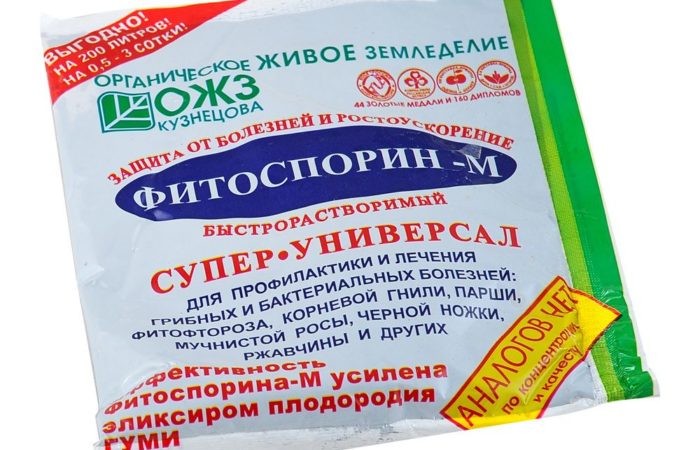
The use of tomatoes
The fruits of White filling ripen very amicably, they are convenient to use in any form, both fresh and processed. Summer salads are prepared from ripe tomatoes, preparations are made:
- juice;
- paste;
- sauce;
- ketchup.
It can also be added as a side dish to second courses and as an ingredient in pizza.
Red, slightly unripe or milky ripe tomatoes are canned: pickled in jars, salted and fermented in barrels, dried in the sun or in an electric dryer, frozen.
The White filling tomato variety, although not new, has a number of advantages that make it worthy for cultivation in modern conditions. These time-tested tomatoes, subject to the rules of agricultural technology, are able to please vegetable growers with a harvest of tasty and healthy fruits.
